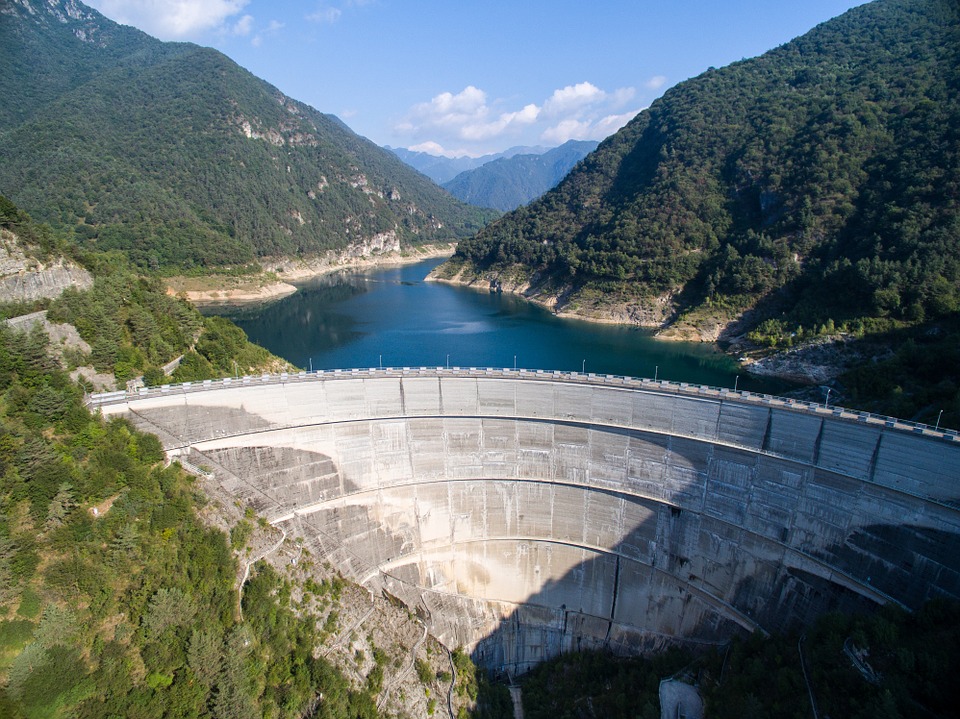
For millennia, Native Americans subsisted on a spring run of chinook salmon returning to the Klamath River in Northern California.
That changed when the last of four dams was built on the river in 1962 and the number of “springers” plunged, a catastrophic turn missed by federal regulators who lumped together the spring and fall salmon runs.
Now, new genetic research seems to confirm what the tribes have known for generations: The spring-run chinook are unique. They are fattier, look different and taste better. To survive, they must get to areas beyond the four dams on the Klamath for cold-water habitat in the spring and summer.
Catherine Reidy Liermann of the University of Wisconsin, Madison, has published several papers examining the drivers of that extinction rate, such as pollution and overfishing.
“Dams are the big one,” she said in an interview. “We’re already seeing species losses associated with dams, and no doubt they play a role in the ‘sixth extinction.'”
The problem may only get worse, Liermann added.
“There is a large proportion of the world’s freshwater fisheries that could be gone just from dams,” she said.
North American freshwater species are dying off fastest, and many of the extinctions are linked to the dam-building frenzy of the 20th century.
LINK (via: E&E News)





